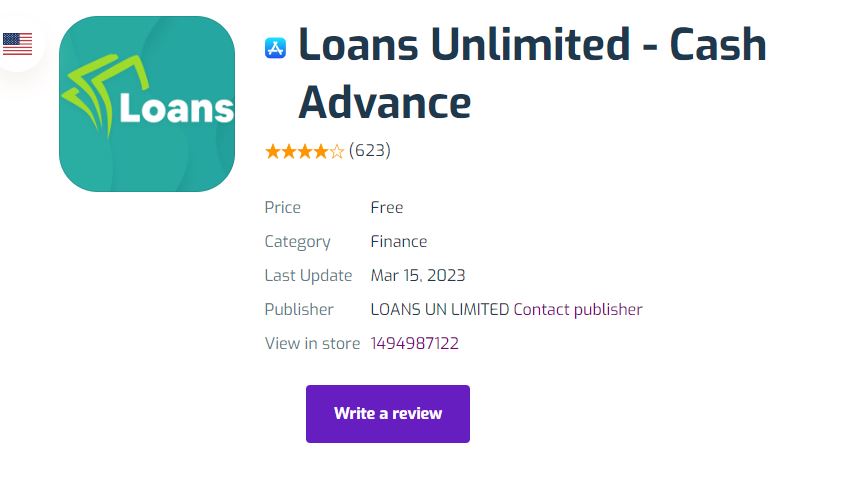A cryptocurrency known as Solana launched on the cryptocurrency marketplace just a bit over a year ago. It’s an open-source project which utilizes blockchain technology to produce DeFi solutions. For many reasons, Solana has been in the news recently. One of those might be that Solana’s value has increased from the low of USD 1.5 to nearly USD 208. Just in January, Solana exceeded the USD sixty-one billion market cap. If you want to invest in bitcoins, you can learn Different ways to buy bitcoin here.
About Solana
Essentially, Solana’s blockchain system is centred on creating Decentralized programs. The undertaking is handled by the Solana Foundation, headquartered in Geneva. They tend to be open source in every sense. The Solana Labs, situated in San Francisco, developed the blockchain.
Solana is a difficult competitor of Ethereum, and that is the next largest cryptocurrency in the globe. It claims faster operations at a somewhat low price. Unlike POW (Proof of work) Blockchain, Solana as a POS (Proof of stake) provides more advantages to the environment. The indigenous cryptocurrency of Solana moves by the same name, and it is readily available under the ticker known as SOL.
In this context, it’s essential to reflect on what makes POS blockchains extremely crucial. In a distributed Blockchain process, numerous nodes or machines are needed to verify transactions done on the platform. To be able to manage the network or maybe the platform itself, a person can include a lot of nodes in this situation.
Maintaining computer systems capable of dealing with tough mathematical issues effectively is one method to prevent this particular annoyance. The network itself uses a great deal of electrical power but it’s efficient.
How is Solana better than other cryptocurrencies?
Although Solana is a bit identical to Ethereum in several aspects, it’s more remarkable in some areas. Mainly, it’s long been a problem that Ethereum charges high fees for transaction fees. It may cost you thousands and thousands of dollars, particularly if the system is proceeding through an incredibly congested location.
It can handle much more transactions a second as opposed to its rival, the matter of Solana. Consequently, the transaction charges on Solana tend to be very minimal, usually about 0.000005 USD or SOL 0.001, which is virtually zero when compared with Ethereum. In case a person has a wallet containing SOL as well as other tokens determined by Solana, like Sollet or Phantom, you will be able to communicate with the numerous apps which are readily available on the cloud.
On the Solanart marketplace, you can even purchase NFTs. In addition, trading a cryptocurrency for another by utilizing decentralized exchange programs like Raydium. No matter what a person chooses to do on Solana, they are going to only need to spend a modest quantity of costs, which is rather a benefit in comparison with Ethereum, and that is rather costly.
Investing in Solana
Step one to begin utilizing the Solana system would be to purchase SOL tokens and after that transport them to some Solana wallet such as Phantom. To begin with, you can shift a modest quantity of cash to FTX and then purchase SOL tokens there, which could be then transferred to the Phantom wallet. FTX is the only platform that supports Solana in direct fund withdrawals.
What is the future of Solana?
Solana is among numerous competitors within the realm of distributed programs, and it has its advantages and disadvantages. The network features a strong support team from FTX as well as several of the major names in the market along with an attractive applications ecosystem. Individuals that are curious about the environment of Dapps and Blockchain, must more than attempt dipping their toes in Solana one or two times.



